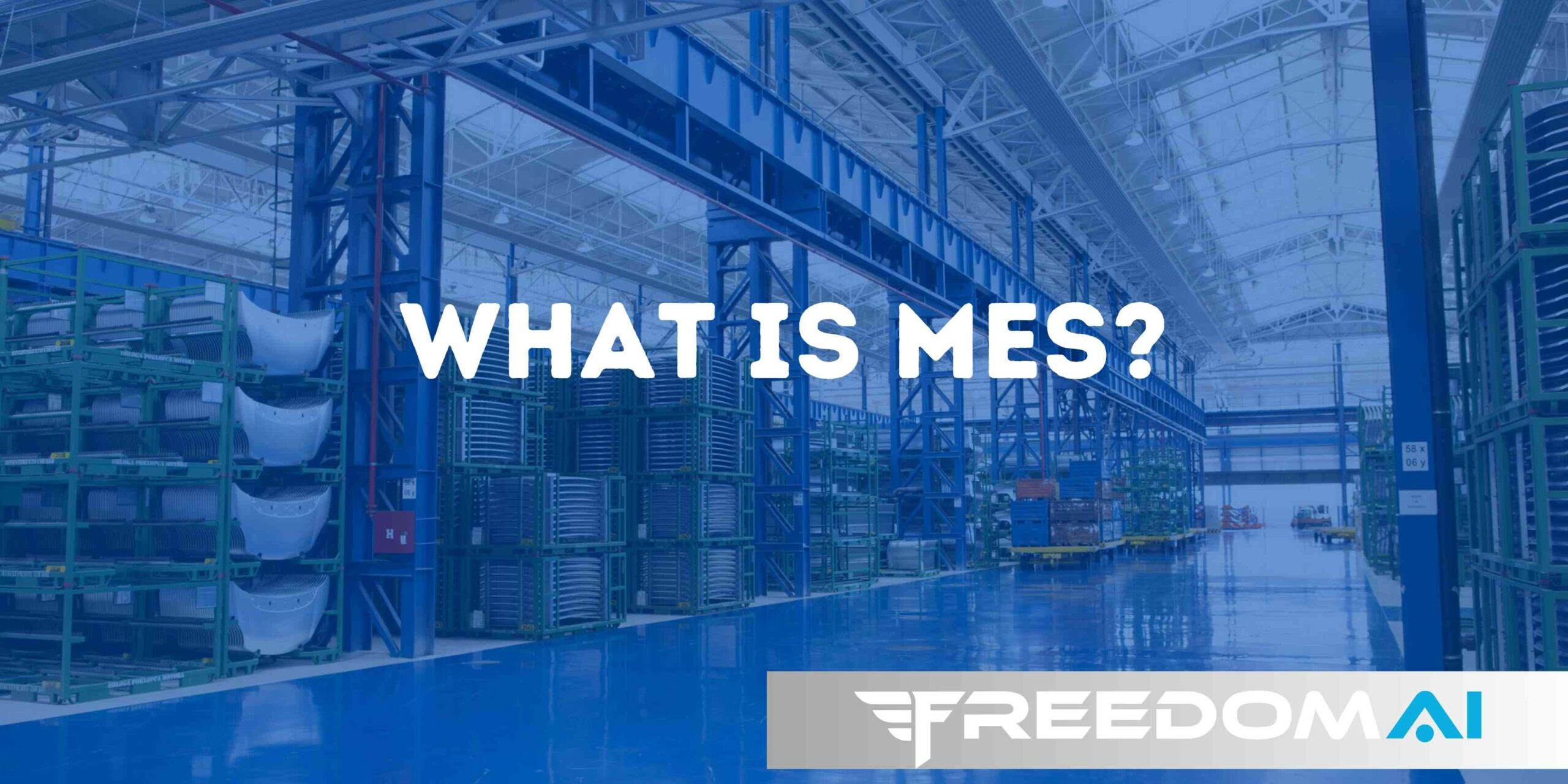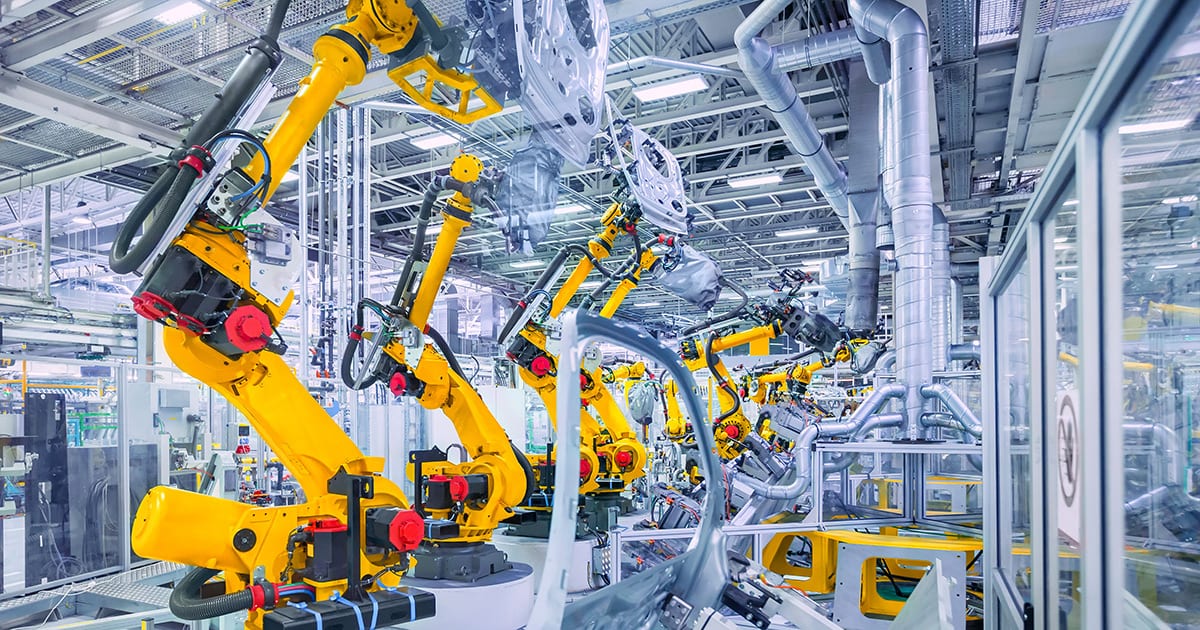Artificial Intelligence in Manufacturing
The Convergence of Machine Monitoring, Artificial Intelligence, and Machine Learning is Much Closer Than You Think
Artificial Intelligence (AI) and Machine Learning (ML) can be applied in manufacturing processes to improve Overall Equipment Effectiveness (OEE), improve machine health, increase uptime, improve processes, and improve forecasting.
Machine monitoring software has been around for many years and has helped influence AI in manufacturing. Over time, it has been improved and perfected. Mostly because of the rich data sets that are available from new higher technology machines and their more complex controllers. Even on older machines, new hardware and sensor technology have become significantly more economical to deploy allowing rich data sets to be produced and collected.
For most manufacturing environments, the key to profitability is to attain the highest equipment utilization while making parts at an expected optimal rate. Machine monitoring software helps accomplish this by providing efficient aggregation and visibility of real-time machine data.
Data is critical to driving decisions on the shop floor, from the way machines are scheduled to the reasons why they are not available to run production. Data can be used to determine when to plan for scheduled downtime and how productivity can be increased.
However, with machine monitoring software in place, there has always been a need to balance between collecting too much data and collecting meaningful data. Collecting data at high sample rates has its challenges in terms of data storage and impact on machine performance. Also, many users in the manufacturing environment want to collect all the data produced by the controller without a particular use case defined. Both conditions can lead to data overload and bog down the process of problem-solving when it comes to predictive maintenance and continuous process improvement.
AI Use Cases in Manufacturing
Understand Machine Health
Predicting the optimal time for maintenance or calibrating a machine before it is experiences problems or produces scrap is a perfect use case for AI and ML. Predictive maintenance is a hot topic today and the sensor technology to implement it has been available and become more economical over the years. The benefits of predictive maintenance are many, with savings related to reducing the cost of downtime being the most significant.
Unfortunately, most manufacturers struggle with implementing predictive maintenance because of the lack of skilled personnel to deploy the technology and analyze the data. As mentioned above, many of the new machines and their complex controllers have sensor technology and provide limited data logging at the edge. Because of this, AI/ML can provide the toolset and answers to turning machine data into actionable information.
What if you could collect data from a particular machine cycle on a consistent basis and compare all the data attributes to past collections in real-time to predict machine anomalies? This is possible with the correct AI and ML toolset. Furthermore, the information derived from such analysis can be served up to manufacturing and maintenance engineers to correct potential machine faults in advance to minimize or eliminate costly downtime. According to McKinsey & Company, Inc., predictive maintenance enhanced by AI allows for better prediction and avoidance of machine failure. Productivity increases of up to 20% are possible, and overall maintenance costs may be reduced by up to 10%1. This is the new reality of predictive maintenance.
Improve Process Health
So, what about an AI/ML use case for improving manufacturing processes? Two real-world examples come to mind: part process time variability and open production capacity between like machines.
Part process time variability can be caused by an operator slowing down/speeding up the machine, the timing of inserting a sharpened tool, or many other reasons. Manufacturing engineers’ time is better spent finding better ways to produce parts, not sifting through rows of data trying to home in on the culprit across multiple machines and work shifts. Because there are so many variables that come into play with the variability of part process times, the complex algorithms in AI/ML can pinpoint the anomalies causing variability in part process times. The use of AI/ML takes on the arduous task to quickly identify the issue for immediate corrective action.
Open machine capacity is like gold to a manufacturer whose shop is working overtime just to keep up with demand. Optimizing production is critical in increasing the profit for each production run. However, when machines sit idle, even for a couple of hours, profitability suffers. While this is an issue for all manufacturers, it is especially more daunting in multi-facility corporations. It is common for a company to have the same machine in different facilities. Real-time analysis of production or lack thereof can open opportunities to shift work between facilities. However, without the analysis of the data and visibility of the information it provides, profit erodes. Because of the separation between facilities, relying on human interaction and communication is not efficient. The use of an AI/ML toolset can certainly find the windows of open capacity and potentially predict it. This is a real game-changer for profitability.
Getting Started
While Artificial Intelligence and Machine Learning are terms that most people in manufacturing have heard before, most do not use these toolsets because of a lack of understanding of real use cases and how to get started. First, you must start with a machine monitoring software platform that offers automated intelligence and metric visualization. This first step alone can greatly improve plant efficiency and profitability. From there, adding the AI/ML toolset provides information that can’t be extracted with traditional machine monitoring software. You do not need to be a data scientist to employ the toolset to improve the profitability of your plant. You just need to ask questions and get started.
- McKinsey & Company, Inc. “Smartening up with Artificial Intelligence (AI) – What’s in it for Germany and its Industrial Sector?”, April 2017.





